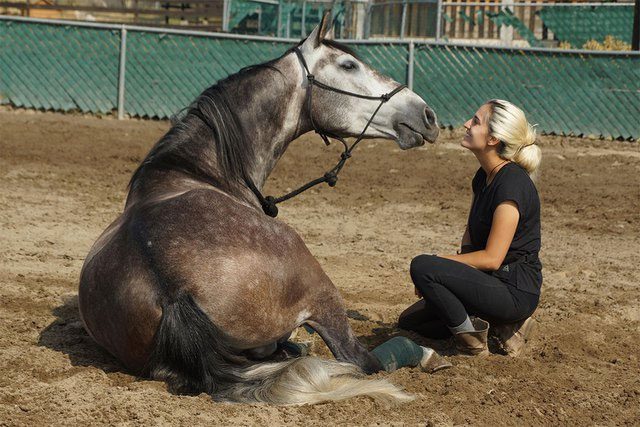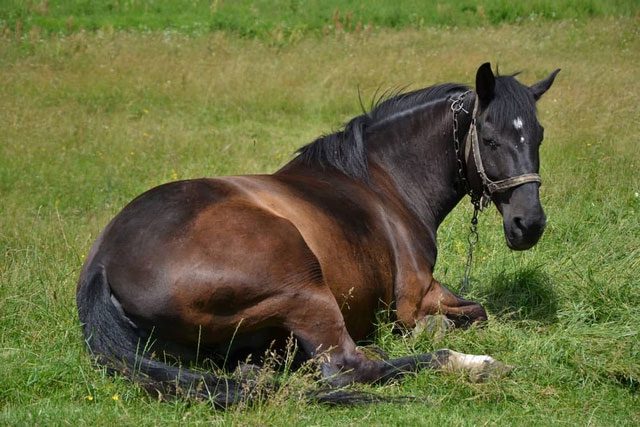There is a sad truth about horses that not everyone knows.
As one of the domesticated species closest to humans, horses have been companions to mankind for thousands of years. In most cases, they are bonded with people and share countless tasks in labor, sports, and more. Moreover, some breeds of horses are very expensive and hard to find, so the thought of having to euthanize a horse is something no owner wishes for.
However, there is a fact that not everyone knows: when a horse breaks a leg or suffers a severe leg injury, the only remaining option for them, unfortunately, is euthanasia. The truth is that horses are “designed” by nature to stand almost their entire lives – even while sleeping, because they are prey animals, and standing helps them escape from predators.

Horses have been “good friends” with humans for many thousands of years.
According to veterinarians, there are many reasons for having to euthanize a horse when it has a broken leg.
First, the horse’s hooves will start to have problems if they are not able to move much on that leg or are only using three legs to support their body weight. Horse hooves are large, similar to our fingernails, and behind them is a wedge-shaped bone pointing down to the ground.
Although horses can stand on three legs while sleeping, this is only for a short time and they can alternate. With their substantial weight, if they continuously rely on three legs to support their entire body weight, the pressure on those three hooves will be immense, leading to swelling, pain, and even detachment of the bone from the hoof, or even laminitis, causing severe pain, infection, more serious injuries, and a myriad of other challenging medical issues, and worse, rendering the healthy legs gradually “useless.”
At this point, you might ask why not let them lie down to rest? The issue is that horses cannot lie down continuously like many other animals, especially for long periods. Not moving will adversely affect/degrade their hooves and muscles (remember: horses are “designed” and naturally selected to always stand). Furthermore, the pressure from their bodies will reduce blood circulation in the part that is in contact with the ground.

Horses can sometimes lie down, but they cannot stay down too long to wait for the injury to heal.
Just within 2-4 hours without being turned over, they can suffer muscle and nerve damage, which is why during surgeries, veterinarians must use large cushions for them to lie on to relieve the pressure from their own bodies. The significant problem is that bones take months to heal – they cannot just lie still for several months; that time is too long.
Some smart individuals might think that we should design special slings for them to stand upright without putting too much pressure on their healthy legs. However, this solution also creates pressure on the abdomen and chest, causing pain and difficulty breathing.
Next are a series of nutritional issues related to a herbivorous species that needs to recover its bones.
Finally, for some reason, when a horse breaks a leg, it reacts very negatively and frantically. They can panic and start running wildly, which can worsen the injury, even causing the broken bone to pierce through the flesh, leading to infection, muscle tears, sprains, and countless other injuries…
In summary, there is almost no way to save them once they have lost a limb that can be considered crucial to their locomotion system.




















































